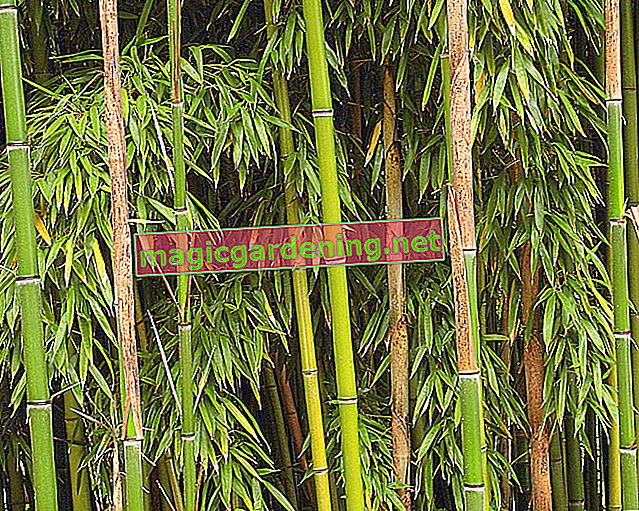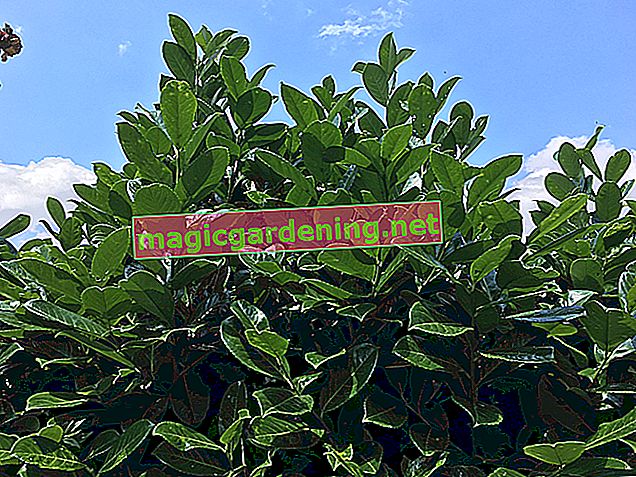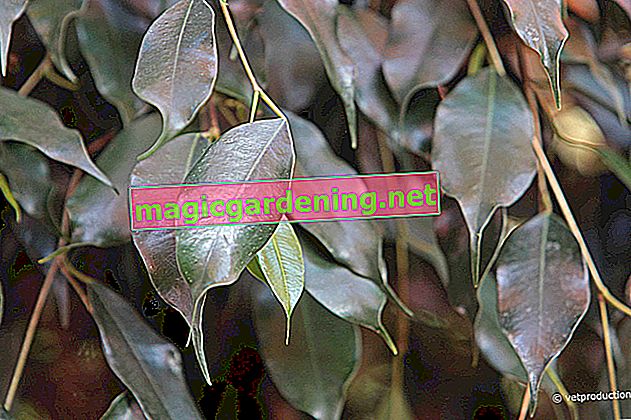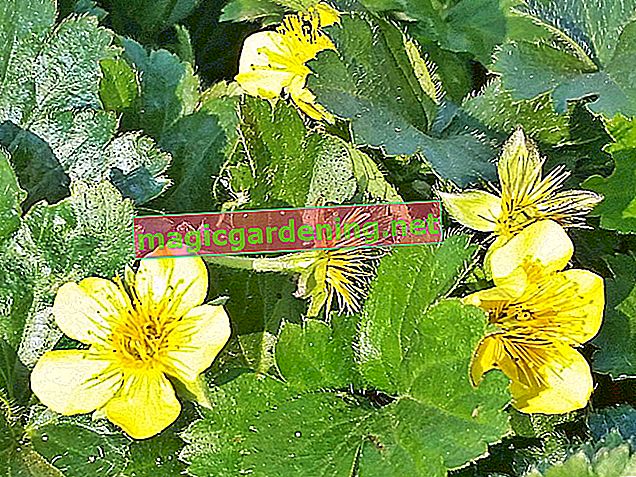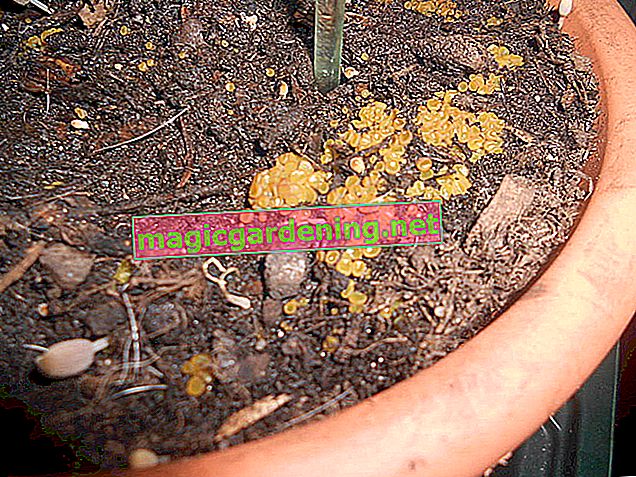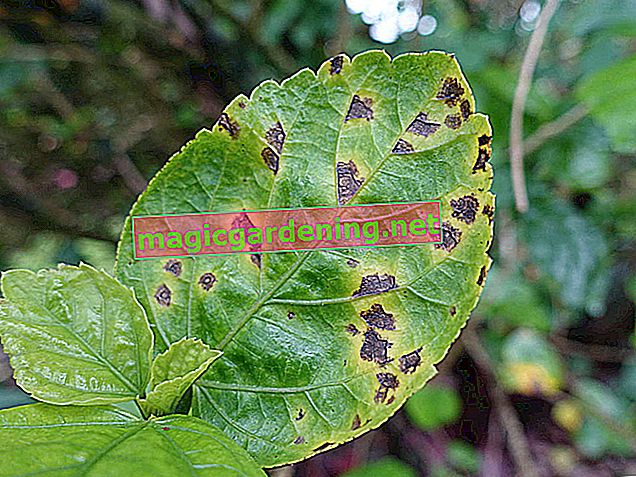
Possible causes of yellow leaves
- Care errors
- dryness
- older and withered leaves
- Change of location
- Pest infestation, e.g. with spider mites
- Chlorosis
- Yellow spot disease
Chlorosis
Extensive yellowing of the leaves can indicate chlorosis. The causes of chlorosis are often a lack of nutrients and a location that is too dark and too cool.
also read
- Recognize and treat diseases and care errors in the hibiscus
- Is the hibiscus poisonous to cats?
- Pour the hibiscus
For the hibiscus rosa sinensis it is better to choose a bright location, for example on the windowsill, but not necessarily in the south window. In winter, during the break, temperatures of 12-14 ° C are appropriate, in summer the hibiscus can also be warmer. You supply the plant with sufficient nutrients with a suitable liquid fertilizer.
With compost or liquid fertilizer you give your garden hibiscus the necessary nutrients. However, the garden shrub cannot easily be moved and may have to be moved to a sunnier location.
Yellow spot disease
If the whole leaf is not colored yellow, but only has individual yellow spots, your hibiscus is affected by the yellow spot disease. This is a viral disease that you have to act against as soon as possible. Not only does the virus damage the affected hibiscus, it can also quickly spread to other plants.
The affected hibiscus must be placed individually. You take off the infected leaves and dispose of them with the rubbish. Please do not add to the compost to prevent the virus from spreading.
First aid in case of care errors
It doesn't have to be a disease if the leaves of the hibiscus turn yellow. Often he wants to draw attention to the right care.
- The hibiscus doesn't like dryness at all. Then its leaves lose their color and hang
down and eventually fall off. So pour, pour, pour when it's dry.
- However, you shouldn't water it too much. So that no waterlogging forms, you should first again
be poured when the top soil has dried. Any excess water in the planter or saucer is poured off. If rotting roots have already formed, cut them back and repot the hibiscus.
- Yellow leaves often also form overaged shoots. An annual cutback can help here.
- Spider mites often attack the hibiscus when the air is too dry. Help here
regular airing, collecting and hosing down with soapy water.
- Frequent relocation stresses the room hibiscus. He reacts by shedding the buds
and with the yellowing of its leaves. It is better to find a suitable location for it from the start
deliver.

